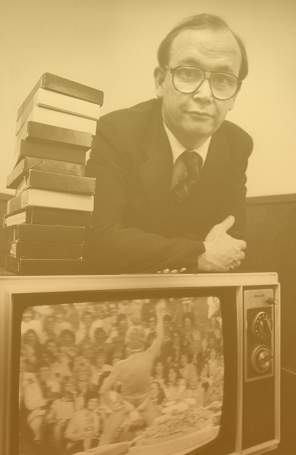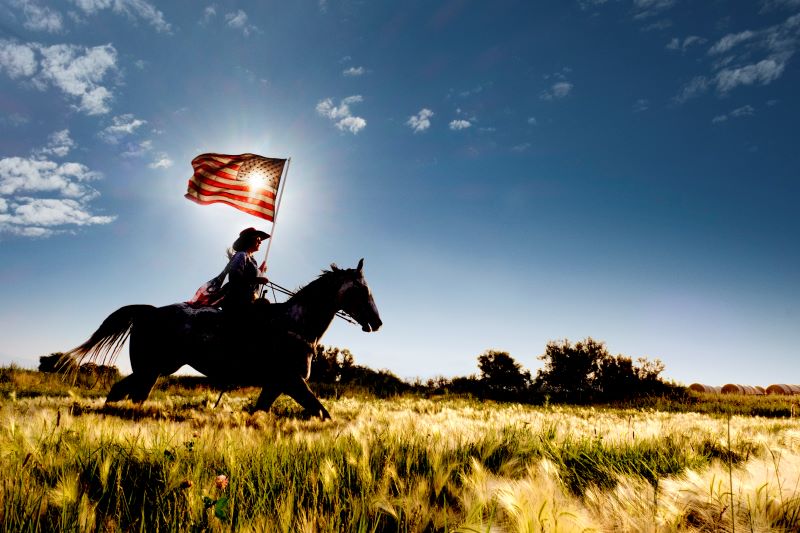All You Need to Know About Straws and the Environment
Sign up for a six month free
trial of The Stand Magazine!
There was no such thing as a plastic straw until the 20th century. Synthetic plastic wasn’t even invented until 1907 and wasn’t mass-produced until the Second World War. The first patent for a drinking straw was filed in 1888, but it was made out of paper because plastic wasn’t around. The bendy thing in straws, that enables hospitals to use them to feed sick people, came along in the 1930s.
Due to the explosion of mass-produced plastic products following WWII, there are now over 5 trillion pieces of plastic afloat in the world’s oceans - over 250,000 tons of the stuff - and plastic straws have become an item of obsession to regressive activists who are now clamoring for the resurrection of paper straws, to no one’s satisfaction or amusement. (I call them “regressives” because they want to drag us back to the 19th century and beyond.)
Reusable metal straws have some serious hygienic risks since gunk easily and quickly builds up in the tubes unless they are regularly and consistently washed.
Seattle has banned plastic straws since 2018, Starbucks will phase them out by 2020, and McDonald’s and Alaska Airlines are in the process of ditching them. But banning plastic straws has some environmental downsides too.
If our history with banning single-use plastic bags (Disposable Carryout Bags - DCBs) is any indication, doing the same with straws is going to be a problem. As Madeline Kearns points out, California banned single-use plastic bags in 2016 and saw an immediate reduction of 40 million pounds of plastic waste per annum. However, because the ban also eliminated in-house recycling (using the same bag multiple times) the result was an increase in plastic trash bags by 12 million pounds. This means that 28.5 percent of the plastic reduction from DCB policies is lost due to consumption shifting towards unregulated trash bags. This result is likely being replicated all across the country, as there are more than 250 local municipalities which have banned DCBs.
Because eco-warriors are so bent on getting rid of “dangerous” plastics, many policies “ignore leakage effects” and “overstate the regulation’s welfare gains.” When Scotland investigated the environmental impact of its DCB ban, they concluded that “a paper bag has a more adverse impact than a plastic bag for most of the environmental issues considered,” and “If carbon footprint was the only metric of environmental success, the results in this paper suggest DCB policies are having an adverse effect.” Oops.
Pulp and paper is the third largest cause of air, water, and land pollution in the United States, and producing a paper bag requires 10% more energy than producing a plastic one.
Now back to straws. About 500 million plastic straws are used every day in the U.S., with billions of them likely to wind up on our beaches. But National Geographic estimates that plastic straws account for just 0.025 percent of the 8 million tons of plastic garbage that reaches the oceans every year.
The problem here is that completely retooling plastic usage in the U.S. will have an infinitesimal impact on seaborne waste since the vast majority of plastic waste comes from Third World countries (China contributes 27 percent all by itself) with just 5 percent coming from the First World. In addition, 70% of oceanic plastic waste comes from the fishing industry, with buoys and fishing lines making up the majority.
Here’s another factoid that will puncture the balloon of the campaign to banish plastic straws. China, it turns out, has been the world-wide repository for plastic waste. Ninety-one percent is never recycled at all - it’s being bundled up in bales and shipped to China. When China stopped taking the world’s plastic waste in 2018, it exposed this under-the-table scheme. What this means in practice is that the plastic we “recycle” now is mostly going to get dumped into our local landfills, as much as 111 metric tons of it by 2030.
But not to worry over what we’re going to do with straws if can’t ship them across the world. According to Bryan Staley, president, and chief executive officer of the Environmental Research & Education Foundation, we have enough capacity in our current landfills to handle America’s garbage - including its plastic straws - for 62 years. And once a landfill reaches capacity, it can be sealed and in time built on. Golf courses, parks, and even a NASCAR track have been built on former landfills. Here’s a link to 15 beautiful parks that have been built on what used to be landfills.
For example, Flushing Meadows, now the site of Corona Park, is the location of two World’s Fairs and the annual U.S. Open in tennis. It used to be a landfill, but is now home to the second largest park in New York City.
The Washington Park Arboretum in Seattle, Washington exists on what used to be the 62-acre Miller Street Dump. Now it’s home to more than 40,000 shade trees, shrubs, and vines, a lake filled with koi and turtles, and the Seattle Japanese Garden.
Bottom line, if we can recycle a garbage dump and turn it into something majestic, perhaps we don’t need to be as worried as we think.
The author may be contacted at [email protected]

Sign up for a free six-month trial of
The Stand Magazine!
Sign up for free to receive notable blogs delivered to your email weekly.


















